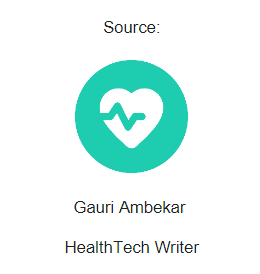[the_ad id=”6076″]
Do you ever find your mood taking a nosedive as the days grow shorter and colder? You’re not alone. Many people experience a drop in their spirits during the winter months, but for some, this goes beyond a simple case of the “winter blues.” They may be dealing with Seasonal Affective Disorder (SAD), a specific type of depression that occurs seasonally.
What is Seasonal Affective Disorder (SAD)?
Seasonal Affective Disorder (SAD) is a form of depression that follows a seasonal pattern. It typically kicks in during the fall and winter months, when there’s less natural sunlight. This is why it’s sometimes called “winter depression.” There’s also a less common type known as “summer depression” or “spring-onset SAD,” which occurs during the late spring and early summer.
SAD shares many symptoms with regular depression-
- Increased Sleep and Daytime Drowsiness: You might feel like hibernating and find it hard to get out of bed.
- Loss of Interest and Pleasure: Activities you once enjoyed may lose their appeal.
- Social Withdrawal: You might feel more sensitive to rejection and prefer isolation.
- Irritability and Anxiety: Simple things can get on your nerves, and you may feel anxious.
- Feelings of Guilt and Hopelessness: You might blame yourself for everything and think there’s no way out.
- Fatigue and Low Energy: It’s common to feel tired all the time.
- Decreased Ability to Focus: Concentrating or making decisions becomes more challenging.
- Increased Appetite and Weight Gain: You might crave sugary and starchy foods, leading to weight gain.
- Physical Problems: Some people experience headaches and other physical issues.
It’s important to note that SAD symptoms tend to come back around the same time each year.
There are two types of SAD:
1. Fall-onset SAD (Winter Depression): This type of SAD makes people feel down starting in late fall and through the winter, but their mood improves when summer comes.
2. Spring-onset SAD (Summer Depression): Unlike the more common “winter depression,” this type starts in late spring and continues into early summer. However, it’s not as widespread as the fall-onset version.
A mental health professional, often a psychiatrist, makes a diagnosis of SAD through a thorough examination of your mental health and medical history.
Here are some treatment options that can help to deal with SAD
Exposure to Sunlight: If you’re experiencing “winter depression,” spending more time outdoors or near a window can help boost your mood .
Psychotherapy: Therapy, like cognitive-behavioral or interpersonal therapy, helps you address negative thought patterns and improve your interpersonal skills.
Antidepressants: In some cases, doctors may prescribe antidepressants to correct chemical imbalances linked to SAD. While professional help is crucial, there are things you can do for yourself to manage SAD
- Set realistic goals, take tasks one step at a time, and prioritize them.
- Socialize with others and share your thoughts and feelings with a trusted person.
It’s better than isolating yourself.
- Engage in activities that make you feel good, exercise regularly, and maintain a balanced diet.
- It’s important to remain patient, as progress may occur slowly over time.
- Focus on the positive aspects of life and seek support from friends and family.
Seasonal Affective Disorder is a real and challenging condition, but it is also highly treatable. If you or someone you know experiences symptoms of SAD, it’s important to seek help and support. Remember that while winter can bring about a gloomy mood, there are effective strategies and treatments available to help you navigate through the darkest of days and embrace the beauty of every season.

